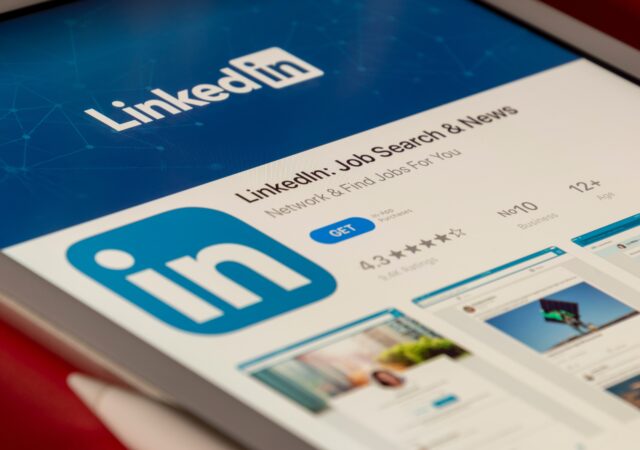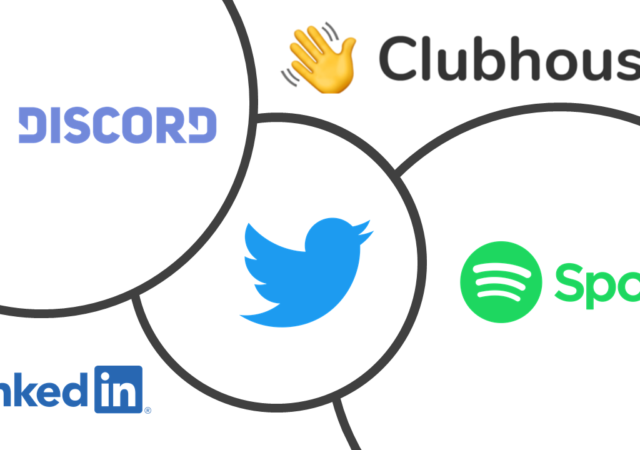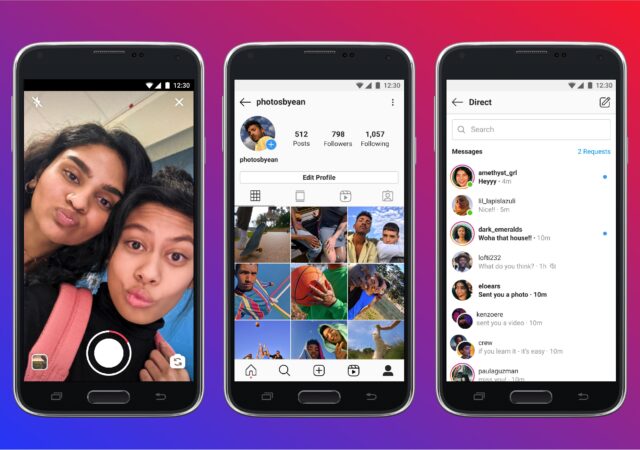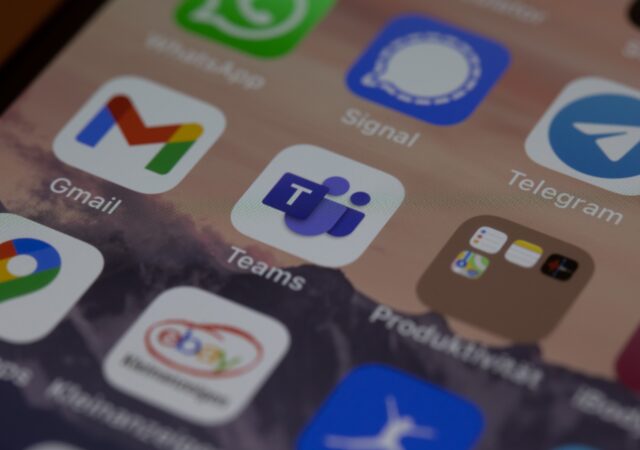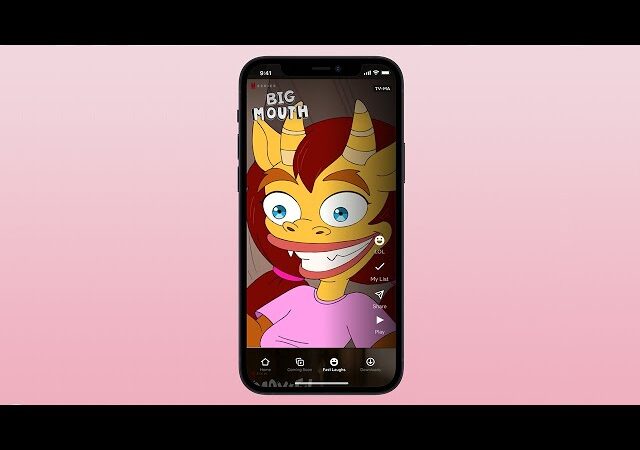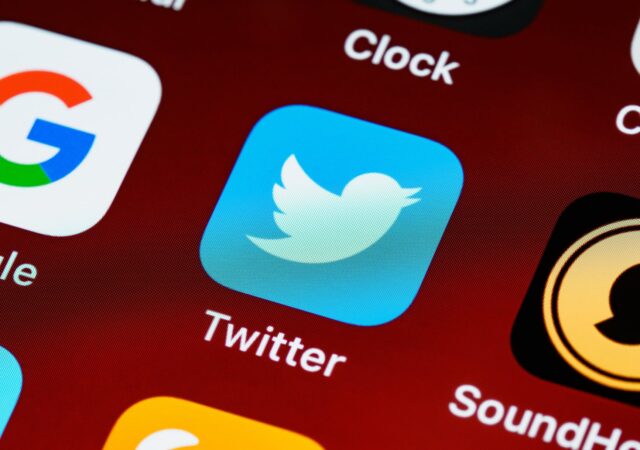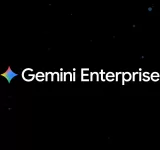LinkedIn joins Facebook in a week that seems very worrying for social media as 500 million of their users have their data compromised.
Are You One of the 533 million in the Facebook Data Leak? Here’s How to Find Out & What You Can Do
So, Facebook recently had a data breach affecting over 500 million users. Here’s how you can check if you’re affected.
Attack of the Clubhouse Clones – Spotify, LinkedIn & Discord Enter the Foray
With Clubhouse creating waves, more social media platforms are jumping on the live audio bandwagon! The latest to join? Spotify, Discord and LinkedIn.
Facebook Makes Instagram More Accessible with Instagram Lite
Instagram tries to reach more users by minimising its app with Instagram Lite. The new app comes in at less than 10% of the original’s size.
Microsoft Teams Rolls Out End-to-End Encryption to Enhance Security
Microsoft enhances their own Teams app with End-to-End Encryption. Microsoft Teams is now more secure than ever.
Fast Laugh-Feed Funny Short-Form Videos Rolled Out by Netflix on iOS For Now
Netflix introduces Fast Laughs, a Tik Tok style short snippet features for Netflix’s Comedy Segment for iOS only at this time.
Instagram Live Rooms – Experience video broadcasting with more users on Instagram Now
Instagram launches Live Rooms to allow up to 4 users to host a video chat room at once on both Android and iOS.
Facebook News Hits the U.K., More Countries Coming
Facebook rolls out the new Facebook News feature in the UK after talks with news companies in the country.
Twitter Looks to Diversify with Acquisition of Revue
Twitter acquires Dutch newsletter startup, Revue, to bolster its ability to serve content on the social media network.
Dealing with the Digital Realities of the New Normal
The new normal can be daunting. Snap Inc looks to an unlikely source for inspiration on how to deal with the digital realities of the new normal – Gen Z.



